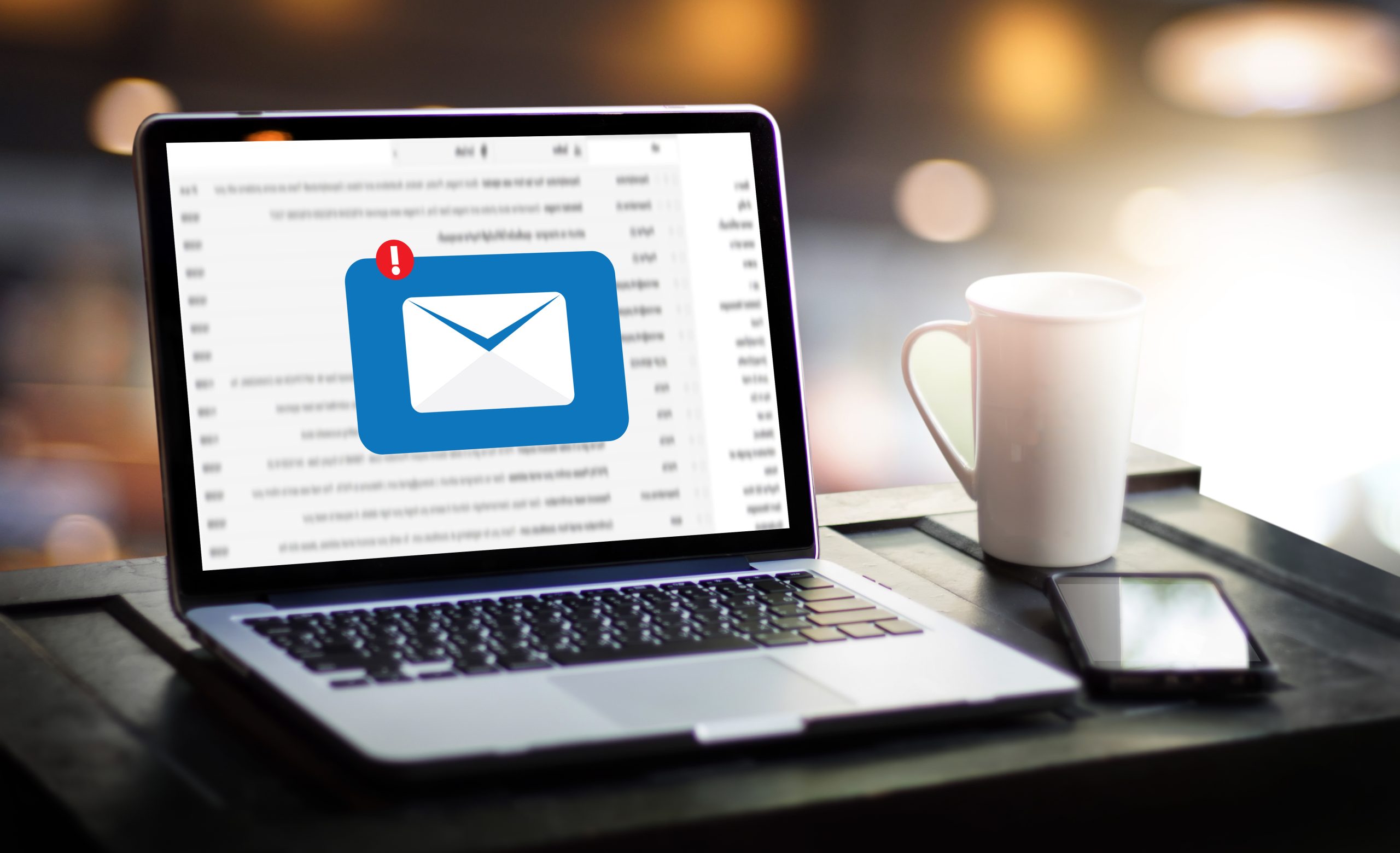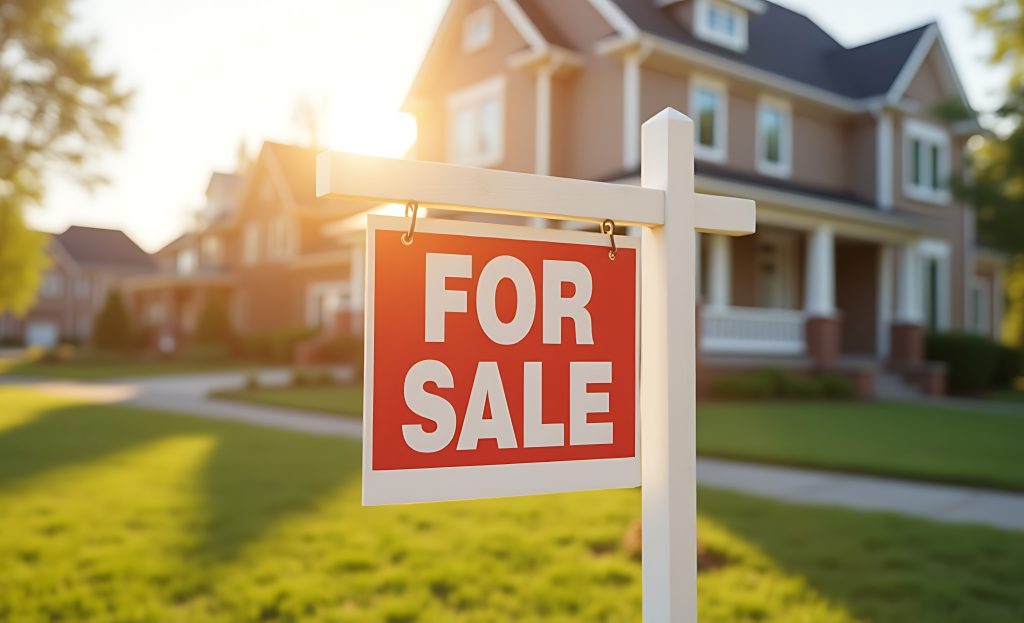Email Marketing for Realtors: Building a List That Sells Homes

In a world filled with flashy social media, paid ads, and the latest tech tools, email might seem… outdated.
But here’s the truth: email marketing is still one of the most powerful tools in a Realtor’s toolkit. Why? Because it puts you directly in your client’s inbox—without algorithms, distractions, or middlemen. And when done right, it builds trust, nurtures relationships, and yes, sells homes.
So how do you build an email list that actually drives business? Let’s break it down.
1. Start With the Right Strategy
Before you start collecting email addresses, you need to ask: who do you want on your list—and what will they get out of it?
Successful Realtors don’t just blast listings. They create email content that solves problems, answers questions, and keeps their audience engaged. Think:
- Homeowners curious about property values
- First-time buyers navigating the process
- Past clients who might refer friends or move again
- Local residents interested in the real estate market
Your email list should be a mix of people who know you, trust you, and could one day work with or refer you.
2. Build Your List the Right Way (No Buying Lists!)
Yes, we have to say it: never buy an email list. Not only is it ineffective, but it can damage your reputation and hurt deliverability.
Instead, grow your list organically with these proven strategies:
- Add a sign-up formon your website and blog (“Get monthly market updates”)
- Offer a freebielike a home valuation, buyer checklist, or neighborhood guide
- Collect emails at open housesusing a digital sign-in or giveaway
- Promote your list on social media(bio links, stories, Reels, or lead ads)
- Include a sign-up link in your email signaturefor daily visibility
- Ask past clientsif they’d like to receive monthly updates or new listings
- Use a “What’s Your Home Worth?” landing pagewith email opt-in
The key is to offer something they want, not just ask for their contact info.
3. Send Content That Actually Gets Opened
If your emails are just a list of new listings, they’ll get ignored—or worse, unsubscribed from.
Instead, mix in content that builds trust, like:
- Quick market insights (“Average prices are up 3% this month—here’s why”)
- Tips and checklists (“Thinking about selling? Here’s what to do 90 days out”)
- Behind-the-scenes stories (Share a win, a client story, or a fun fact about a property)
- Local highlights (New restaurants, events, school updates)
And yes, you can include listings—but make sure they’re relevant, well-written, and visually appealing.
4. Keep It Personal (and Human)
The best emails feel like they’re written by a real person—not a marketing machine.
Use your client’s first name. Write in a conversational tone. Share a quick story or insight that shows you’re paying attention to what’s happening locally or in the market. You want people to think:
“Wow, this Realtor gets it.”
Also, always end with a clear call to action, like:
- “Want to know what your home is worth in today’s market?”
- “Thinking about buying this fall? Let’s talk.”
- “Have a question about what’s happening in your neighborhood? I’m here.”
5. Stay Consistent (But Don’t Overwhelm)
Consistency builds trust. Whether you send once a week, every other week, or once a month, pick a cadence and stick with it.
But be careful not to overwhelm your list. More isn’t better—better is better. One well-crafted email each month can have more impact than four rushed ones.
If you’re stuck for time, start with a simple monthly newsletter format:
- Quick market stat
- Helpful tip or resource
- Featured property
- CTA or open-ended question
6. Segment When You Can
Over time, your list will grow—and not everyone on it has the same needs. That’s where segmentation comes in.
Try tagging or separating:
- Buyers vs. sellers
- Past clients vs. new leads
- Investors vs. first-time homeowners
- Specific zip codes or areas
This way, you can send more targeted content that speaks directly to what that person cares about.
7. Track, Tweak, and Improve
Email marketing isn’t “set it and forget it.” Use your platform (like Mailchimp, Constant Contact, or Follow Up Boss) to track:
- Open rates (Did the subject line grab attention?)
- Click-through rates (Was your CTA strong?)
- Unsubscribes (Did you send too much—or the wrong kind of content?)
The goal? Learn what resonates and double down on that.
Final Thoughts
Email marketing isn’t just about pushing out listings. It’s about building relationships, staying top of mind, and showing your value long before someone picks up the phone.
In a world of quick scrolls and fleeting social posts, a well-crafted email can cut through the noise—and convert leads into loyal clients.
Start small. Stay consistent. Serve your audience. And before long, you’ll have a list that doesn’t just sit there—it sells homes.
You Might Also Like
Join Our Newsletter
Get the latest updates delivered right to your inbox










